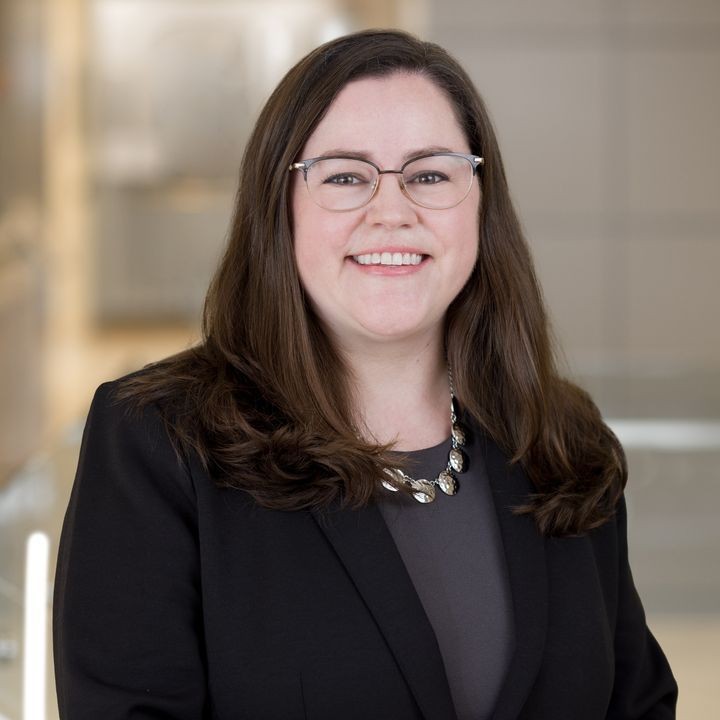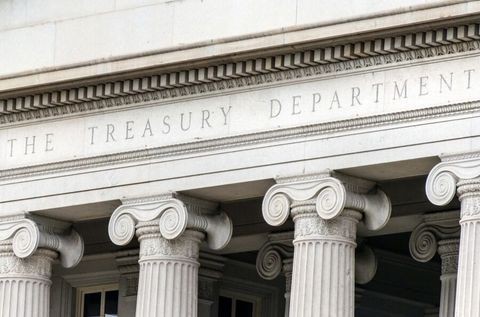Continued Uncertainty About Employee Leave Under the Families First Coronavirus Response Act
Client Alert | 3 min read | 04.06.20
The Families First Coronavirus Response Act (FFCRA) was enacted on March 18, 2020 and creates two new types of leave for employees of (primarily) small employers who have to take time off from work because of COVID-19. Some details about the law are available here.
In particular, the FFCRA amended the Family and Medical Leave Act to allow employees to take up to 12 weeks of job protected leave, partially paid, to care for their children when their school or child care is closed because of COVID-19. The FFCRA also creates a new entitlement of up to 80 hours of paid sick leave for employees who need leave because they are subject to a “quarantine or isolation order,” have symptoms or have been diagnosed with COVID-19, need to care for a family member who is sick or subject to a quarantine or isolation order, or need to care for their children because of school or child care closings.
The Department of Labor (DOL) issued its implementing regulations for the leave provisions of the FFCRA on April 1, 2020, the day the law went into effect. It has also issued a long series of Questions and Answers, which provide some informal guidance on the DOL’s position on various issues employers and employees may face when implementing the new FFCRA leave requirements.
The regulations and the guidance state that employees are not entitled to FFCRA paid leave if their workplace is closed (and telework is not available) or if the employees have been furloughed. The DOL has stated that this is true even where the closure or furlough is caused by a government order shutting the business because of COVID 19 – even though the FFCRA expressly provides paid sick leave to employees who need leave because of a federal, state, or local quarantine or isolation order. The DOL’s stated rationale is that, in these instances, the employer does not have work available for the employees, and therefore a COVID-19 related reason is not preventing the employees from doing available work.
The DOL’s interpretation of the qualifying reasons for sick leave comes as a surprise to many. While the FFCRA is not perfectly clear in many respects, given the policy reasons behind the passage of the law, it was reasonably believed that employees would be eligible for paid leave if prevented from working because a government order required closure of their business. The DOL’s interpretation has been questioned by some Democrats in Congress who believe that the regulations are an improper attempt by the Trump administration to narrow the scope of paid leave in contravention of the intent of the statute. Senator Patty Murray (D-WA) and Congresswoman Rosa DeLauro (D-CT) have written to the DOL to demand that the regulations be reissued. The DOL has not yet responded, and any change may require a legislative amendment.
In the meantime, the DOL’s guidance provides some clear lines on when leave must be provided, while raising yet other questions. Employers that are considering providing leave to employees whose workplace has been closed by government order are unlikely to obtain the tax credits associated with the FFCRA under the DOL’s current interpretation of the statute. The IRS has issued its own guidance addressing a number of questions regarding eligibility for and processing of tax credits, which can be reviewed here. This issue and other open questions about eligibility suggest that employers should carefully review the available regulations and assess their obligations under the FFCRA and the likelihood of obtaining tax credits when making employment decisions that are impacted by COVID-19.
We will continue to monitor for further regulatory and legislative updates that may change the landscape.
Contacts
Insights
Client Alert | 3 min read | 10.10.25
New Post Appeals Mediation Pilot Program
On October 1, 2025, the IRS Independent Office of Appeals launched a two-year pilot program to make Post Appeals Mediation (PAM) more attractive and accessible to taxpayers. See IRS Announcement 2025-10. The new PAM pilot program offers taxpayers the opportunity to be assigned to a new Appeals team, which is otherwise unconnected to the underlying case, who will represent the original Appeals team in the mediation session. The assignment of the new Appeals team does not begin a new appeals process but rather is intended to help facilitate an expedited and impartial look at the underlying case with the goal of further exploring all potential paths to resolution prior to litigation.
Client Alert | 1 min read | 10.09.25
New California Algorithmic Pricing Law Could Have Far Reaching Effects
Client Alert | 5 min read | 10.08.25
California’s AI Transparency Act (CAITA) May be Amended to Regulate Social Media Platforms
Client Alert | 6 min read | 10.08.25
Hacker No Fly Zone: FAA and TSA Propose Cybersecurity Rules for Drone Ecosystem





